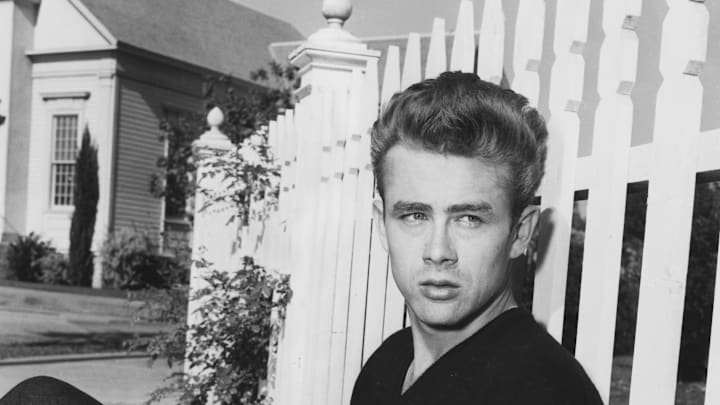Not everyone aspires to a quiet life in suburbia. But for those who do, it’s easy to describe them as desiring “a white picket fence” kind of existence. This particular type of property border has become shorthand for domestic idealism and the goal of home ownership. To some, it reflects security and accomplishment: One has secured their own piece of land through hard work.
“To me, it represented the all-American dream,” Fresno, California, resident Lynne Gibbs told a newspaper reporter in 2008. “When I was growing up, the white picket fence meant harmony with your house, your family, your spouse. Everybody wanted a house with a picket fence.”
But that could be any fence. How did a white wooden fence become synonymous with the American dream?
In a piece for Smithsonian tracking the history of the white picket fence, author Michael Dolan suggests that the symbolism actually predated the Norman Rockwell-esque portrait of suburbia that rose in postwar 1950s America.
Originally, the picket fence took its design cues from the piquet, a pointed stick used in Europe to keep archers protected from charging opposition. Because property ownership was markedly more aggressive in the 1800s, landowners took to using these sharpened sticks as a protective border around their property. It was a motif that was perpetuated as time went on before a new trend—the fence-free home—took off.
For a time, the picket fence was no longer in style. A housing boom beginning around the time of the 1876 Centennial and lasting through the 1930s helped usher in a new era for the fence; it was part of a Colonial Revival design movement that valued it as a part of land and housing development.
The surge in housing in the 1950s led to builders and homeowners favoring chain-link fencing, but by that point the notion of picket fencing was already well engrained in popular culture. A white picket fence was easy shorthand for fictional families in film and on television: Upper middle-class, prosperous, mannered. Neighborhoods wanted to reflect the kind of wholesomeness depicted in approximations of reality.
Come the 1980s, 1990s, and beyond, it was used more subversively. The David E. Kelley drama Picket Fences was about a dysfunctional small town; the lurid neighborhood of Desperate Housewives depicted residents jogging past the fences, which seemed to obfuscate all the affairs, crimes, and moral turpitude.
But why white fencing? Property fencing was once color-coordinated, with different colors denoting different functions. Red, for example, might indicate the fencing contained commercial or business activities; white indicated formality, as in the case of a fence near a home’s entrance. It’s possible early landowners wanted to broadcast their prosperity by painting the wood white, as keeping it clean would require time and effort. (White paint itself was also an expense compared to leaving the surface bare.) It could also be that a bright white fence was visible in low light, making it somewhat easier to locate one’s housing development at night.
Today, white picket fences are still a common sight around residential properties. Though they’re not quite as secure as other types of fencing, they still carry the symbolism of accomplishment. If nothing else, they also keep people from walking across another stereotypical sign of affluence: a perfectly manicured lawn.
Read More Stories About Colors Here:
[h/t Smithsonian]
